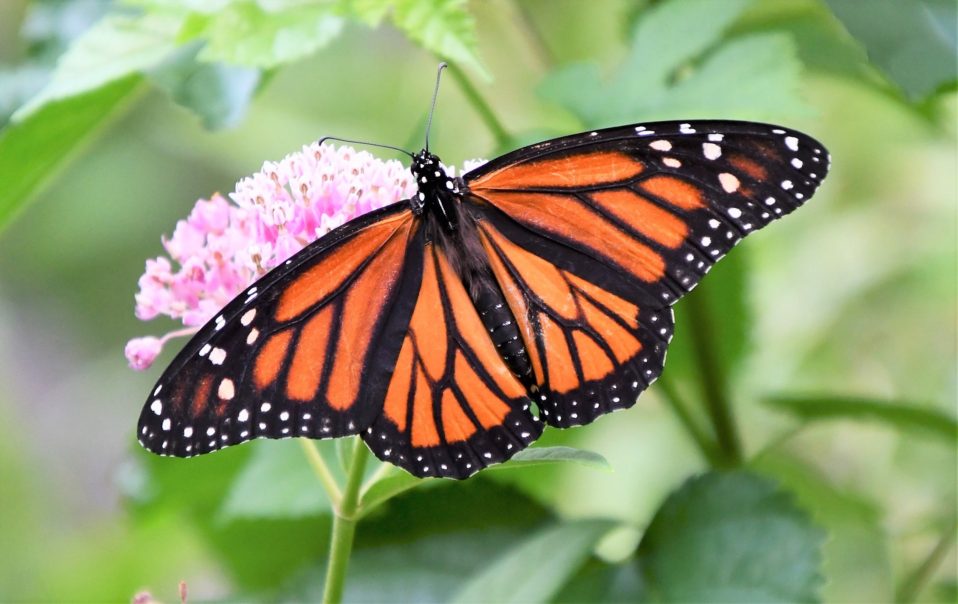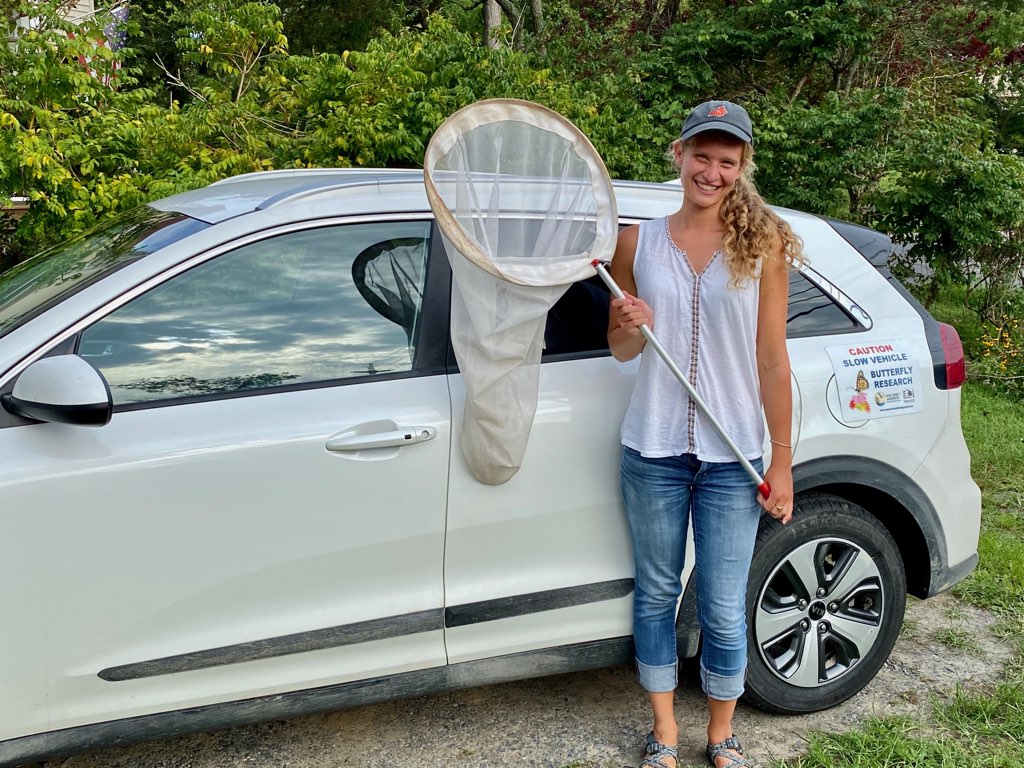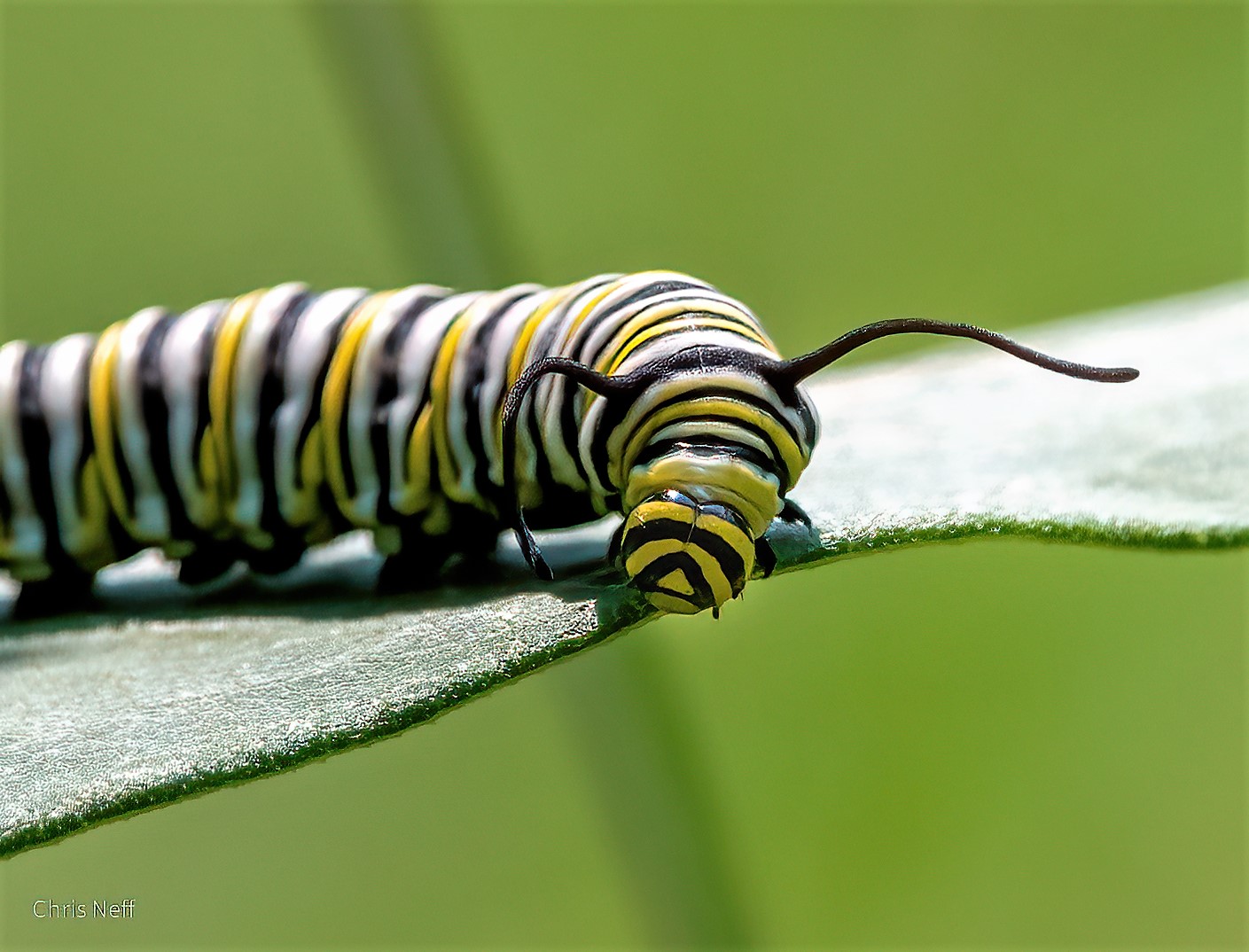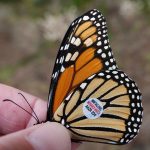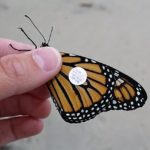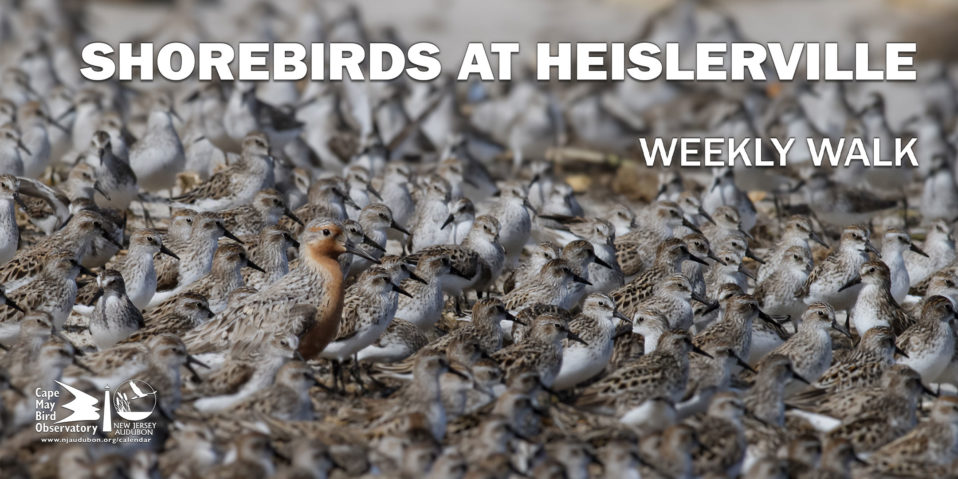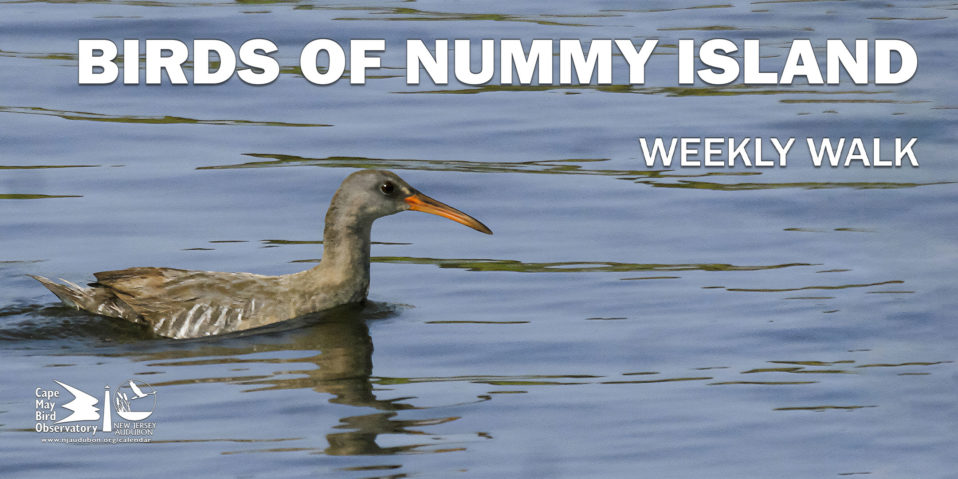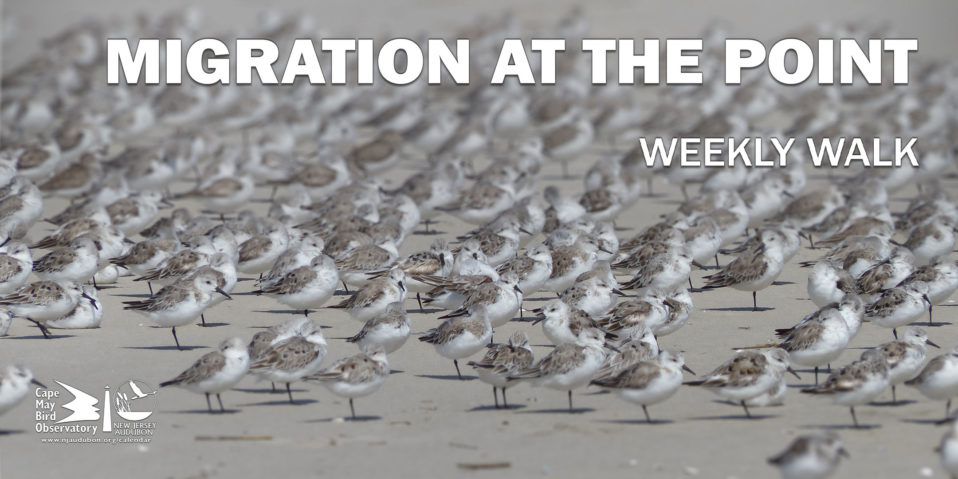By Katherine A. Culbertson
The journey of the monarch butterfly has captivated the imagination of people across North America for generations. These tiny, bright-orange and black creatures – weighing less than a paperclip – can travel over 2500 miles from their birthplaces to their overwintering grounds in Mexico. There, they cover acres of high-altitude tropical forests, turning the evergreen branches of fir trees to orange.
Over this incredible journey – the likes of which few humans would dream of covering on foot – monarchs face countless obstacles. From hungry predators, to vast rivers and bays with no place to land and refuel, to storms and high winds that make flight nearly impossible, natural challenges have always made the monarchs’ journeys arduous. The construction of roads and transformation of flower-filled meadows into cities and monocrop plantations over the past century have only created more obstacles.
Now, there is serious concern that climate change is creating yet more barriers to monarchs on their already arduous migration. Climate change could impact monarchs in numerous ways across the landscapes they are born in and travel through. It will change precipitation and wind patterns throughout the year, intensify the strength of hurricanes, and increase the intensity of end-of-summer droughts. All of these factors may both impact the favorability of migration conditions and the availability of nectar – monarchs’ only food source, which fuels their long journey.
A new study published in the journal Global Change Biology from New Jersey Audubon Society’s own Monarch Monitoring Program (MMP) in Cape May shows that the timing of migration for these iconic butterflies is also changing, likely influenced by warming temperatures across the breeding range for the monarchs migrating through Cape May Point.
For 30 years, the MMP has conducted research on monarch migration through Cape May Point, where butterflies, like birds, are funneled into the peninsula before crossing the Delaware Bay. This bottleneck in the butterflies’ journey provides a unique opportunity to count them, measuring both their population and the timing of their journey from year to year. Every day during the monarchs’ fall migration, with rare exception, MMP interns and staff count butterflies along a set route on Cape May Point. This effort has resulted in an incredibly reliable, consistent dataset, which provides an exquisite opportunity to observe changes in migration patterns over a longer timeframe than any previous study.
By identifying “migration midpoints” (that is, the day by which half of the monarchs passing through during the migration season have been counted) each year, as well as “peak days” (days on which a substantial proportion of migrants flow through), we demonstrated that monarchs are migrating through Cape May later in the year than they were in 1992. In fact, migration timing has shifted over two weeks (between 16-19 days) later in the year during the 29-year period from 1992-2020.
But why does this matter? In a way, migration is all about timing. Migratory species move across landscapes because they are following the ebbs and flows of the resources on which they depend; their movements must be perfectly timed with the resources they are tracking to ensure they will survive and thrive. However, the decisions animals make to migrate aren’t conscious – they are based on environmental cues, usually including light and temperature – that have evolved over thousands to millions of years. With climate change, certain instincts that animals have relied on for millennia (like following temperature cues) may not match the new environments they are now living in. If monarchs are basing their decision to migrate off of temperature cues, but the flowers whose nectar they depend on to power their journey are blooming based off of light cues (which haven’t changed), it is possible that the food is already gone before migrants arrive. This phenomenon is known as a phenological mismatch – to put it plainly, the timing might just not line up anymore.
While it’s difficult to tell how exactly the noted shift in migration timing has affected monarchs so far, there are a few reasons we might be concerned. First, it’s clear from Monarch Watch tagging studies (including those of monarchs tagged in Cape May!) that late-season monarchs aren’t found in Mexico as often as those that are tagged earlier in the migration season1. This suggests that more monarchs traveling later in the season might equate to higher mortality during fall migration, and thus fewer monarchs arriving and overwintering in Mexico. Current Monarch Watch data, though only available through 2015, does appear to support this trend.
Additionally, recent research by Monarch Watch affiliates suggests that not only do environmental cues trigger monarchs to start migrating, but that these cues may also affect the speed of their migration1. They demonstrate that migration pacing peaks during an optimal time window that is associated with the angle of the sun. Monarchs traveling outside of this window may simply stop moving quickly enough to make it to Mexico. It is clear from our new MMP study that far fewer monarchs are traveling through Cape May during this optimal window now than there were 30 years ago – dropping from 73% to 39% of migrants counted each season.
Rounding off the suite of late-migration implications, end-of-summer droughts in Texas are becoming more frequent due to our changing climate, thus limiting nectar sources needed along the last leg of the monarchs’ journey, especially as later migrants are flying through2. Later migrations would equate to more monarchs traveling through drier conditions, exacerbating this concern.
Later migrations have been anecdotally noted by the devoted staff and volunteers at Cape May over the past few years – so much so that in 2019, the MMP staff decided to extend the daily monarch survey into the first week of November. Extending our data collection efforts will help us continue to accurately track the fall migration of monarchs through Cape May, as some migrants pass through far later than they may have in earlier survey years. MMP volunteers and staff have also noted the fact that far fewer flowers are blooming for these late-season migrants – especially after the seaside goldenrod lining the beaches of Cape May dies back for the fall, and after many summer residents of Cape May have cleared out their gardens. This is simply a small snapshot of phenomena likely happening across the entire migratory range of monarchs.
In addition to looking at migration timing, we used MMP data to detect trends in monarch abundance in Cape May for the past 29 years. In line with previous studies from our data, we didn’t see any significant decline in the Cape May population over time, though there is of course high variability in monarch counts from year to year. Oddly enough, our Cape May data don’t align with data from overwintering monarch colonies in Mexico, which have indicated a sharp decline in overwintering populations since 2005.
No one is quite sure why this is – of course, Cape May migrants are only traveling through from the very northeastern portion of the U.S., which is a small component of the overall breeding range for this species. It’s entirely possible that populations in the Northeast haven’t declined as much as in the Midwest over the past 15 years. We do know that land conversion and herbicide application, which often kill off the milkweed plants that monarch caterpillars depend on for food, have indeed affected the Midwest more than the Northeast3, and it is certainly possible that this is what we see reflected in our Cape May data. It is also possible that arduous migrations may limit monarch populations more than overwintering numbers. If true, that would mean that the later, more challenging migrations indicated by our study are even more concerning.
Although our data don’t show a decrease in numbers of monarchs in Cape May over time, it’s certainly possible that continuously declining winter populations, combined with increasingly challenging fall migrations, may put monarch populations across eastern North America in jeopardy. While Cape May’s monarch data are invaluable, they are also only a tiny snapshot of the population of eastern migratory monarchs. More research, and broader, more consistent data collection – driven by citizen science programs like the MMP, Monarch Watch, North American Butterfly Association, and others – is crucial to help us better understand how monarch populations and migrations are changing in our rapidly changing world. With this better understanding of monarchs, we can better identify how, when, and where we need to implement conservation actions to ensure that these magnificent little creatures continue captivating the imaginations of countless generations to come.
About the author: Katherine (Kat) Culbertson was captivated by monarchs early in life, raising and tagging monarch butterflies starting in the second grade. Her love of monarchs brought her through Cape May as a Seasonal Monarch Naturalist in fall 2020, after getting evacuated from her previous work in Madagascar during the onset of the COVID pandemic. While an MMP Naturalist, Kat took advantage of rainy days and less educational programming (due to COVID restrictions!) to put some of her ecology research experience to action in analyzing MMP’s tremendous datasets. This project resulted in the paper cited below, and is described in this article. After wrapping up her MMP work, Kat switched coasts and is currently pursuing a PhD in Environmental Science, Policy, and Management at UC Berkeley. While her current research is focused on trees, she is also enjoying watching the western monarch population pass through her yard on their way to their overwintering colonies in Monterey, which she will definitely be visiting this winter.
You can learn more about the great work that the MMP does, in addition to the monarch survey, here: https://njaudubon.org/monarch-monitoring/.
Citation for published article:
Culbertson, K. A., Garland, M. S., Walton, R. K., Zemaitis, L., & Pocius, V. M. (2021). Long‐Term Monitoring Indicates Shifting Fall Migration Timing in Monarch Butterflies (Danaus plexippus). Global Change Biology. https://doi.org/10.1111/gcb.15957
Other references in blog article:
1Taylor, O. R., Lovett, J. P., Gibo, D. L., Weiser, E. L., Thogmartin, W. E., Semmens, D. J., Diffendorfer, J. E., Pleasants, J. M., Pecoraro, S. D., & Grundel, R. (2019). Is the Timing, Pace, and Success of the Monarch Migration Associated With Sun Angle? Frontiers in Ecology and Evolution, 7(December). https://doi.org/10.3389/fevo.2019.00442
2Saunders, S. P., Ries, L., Neupane, N., Isabel Ramírez, M., García-Serrano, E., Rendón-Salinas, E., & Zipkin, E. F. (2019). Multiscale seasonal factors drive the size of winter monarch colonies. Proceedings of the National Academy of Sciences of the United States of America, 116(17), 8609–8614. https://doi.org/10.1073/pnas.1805114116
3Pleasants, J. M., & Oberhauser, K. S. (2013). Milkweed loss in agricultural fields because of herbicide use: effect on the monarch butterfly population. Insect Conservation and Diversity, 6(2), 135-144. https://doi.org/10.1111/j.1752-4598.2012.00196.x




